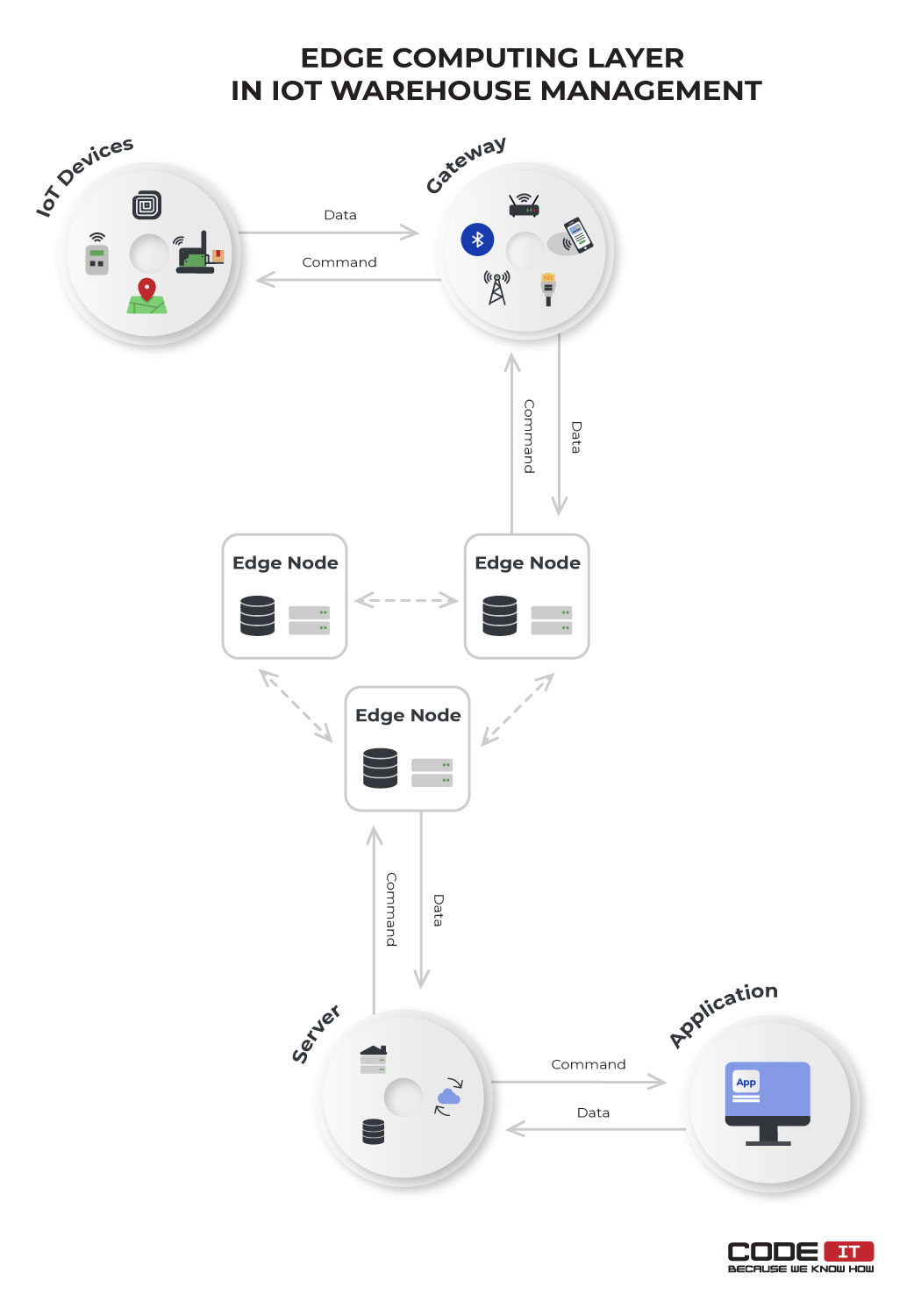Are you wrestling with the intricacies of your GL-MT6000 router, finding yourself lost in a sea of network settings? The world of OpenWrt and LuCI can seem daunting, but with the right approach, you can unlock the full potential of your network and finally understand the language of your router.
The quest for a smoothly functioning network often begins with understanding the fundamentals. For those new to the OpenWrt configuration firmware LuCI, navigating the complexities of settings can be a challenge. The GL-MT6000, running firmware 4.6.2 (OpenWrt 21.02-SNAPSHOT r15812+1075-46b6ee7ffc Kernel Version 5), represents a powerful tool, but its capabilities are only realized with proper configuration. This often involves understanding concepts such as SSH and how it interacts with the system.
Let’s delve into a practical scenario: the modification of an existing network configuration to ensure that LuCI functions correctly. This often hinges on an understanding of how to use SSH to configure OpenWrt. Those who are new to the intricacies of network configuration may find themselves at a crossroads, seeking clear guidance through the maze of settings.
Beyond the router itself, the broader context of the Internet of Things (IoT) and network security further complicates the picture. For instance, the question arises: why do some IoT devices still rely on Telnet, a protocol that presents significant security vulnerabilities? Understanding this involves examining the underlying hardware, the limitations of the CPUs in these devices, and the trade-offs made in their design.
Consider the challenge of connecting to devices on a different subnet, such as a Sonos system. The issue often revolves around firewall configurations and ensuring that devices on different subnets can communicate securely. This requires an understanding of network segmentation, routing, and the role of firewalls in securing the network.
The increasing number of IoT devices in our homes and businesses underscores the importance of a secure and well-configured network. The complexities are magnified when dealing with various subnets, as well as the specific configurations required for devices like Sonos or other home automation gadgets.
Building a simple and secure DNS updater is another essential element in maintaining a dynamic IP address with a static DNS name. This often involves using scripting languages such as shell scripts. A working solution involves automation and a understanding of dynamic IP addresses, static DNS names, and how to update the DNS records automatically.
The following table outlines the key concepts and technologies discussed in the context of home and business networking, based on the information provided. This information is designed to serve as a useful reference point for a wide range of networking issues and provides a comprehensive overview of the topics.
| Category | Details |
|---|---|
| Router | GL-MT6000 |
| Firmware | OpenWrt 21.02-SNAPSHOT r15812+1075-46b6ee7ffc |
| LuCI | OpenWrt configuration interface |
| Protocols | SSH, Telnet |
| Subnets | LAN, IOT |
| DNS Updater | Script-based solution for dynamic IP update |
| Devices | Sonos Playbase, Alexa, home automation, PS4, TV |
| Networking Concepts | Firewall configuration, network segmentation, routing, IPv6 |
| Operating System | OpenWRT |
One vital aspect involves SSH, or Secure Shell. SSH allows users to securely access and manage their devices over a network. Understanding how to use SSH, especially to configure OpenWrt, is a critical skill for anyone looking to get the most out of their router. This involves using SSH client to connect to the router.
The process of setting up SSH may involve installing the OpenSSH client in Windows without needing an internet connection. The absence of an internet connection can sometimes make things difficult, such as when setting up SSH on a Raspberry Pi, where a headless configuration is often preferred.
For those using Windows, there may be ways to install necessary components offline. This is often a consideration when working with devices that lack immediate internet access.
Consider a scenario where you have a home network with multiple subnets: a LAN subnet for your desktop and a laptop and an IOT subnet for devices like smart home devices. Your firewall may need to allow connections from the LAN side into the IOT subnet. This is where network segmentation, firewall rules, and proper configuration are crucial.
Looking at the broader picture, the future of networking is likely to involve the increasing adoption of IPv6 and a greater reliance on IoT devices. It's crucial to understand that IPv6 will be fundamental in supporting the growing number of connected devices.
In summary, setting up and maintaining a robust network, especially in an IoT-rich environment, is a multilayered process. It involves a combination of understanding hardware and software configurations. Understanding how to use SSH, configuring firewalls, and the basics of networking form the foundation of the security.
Understanding the implications of IoT on the need for IPv6 is crucial for any network administrator today. The number of connected devices continues to grow, and each device represents a potential entry point for security threats. This is why understanding how to secure these devices is paramount.

